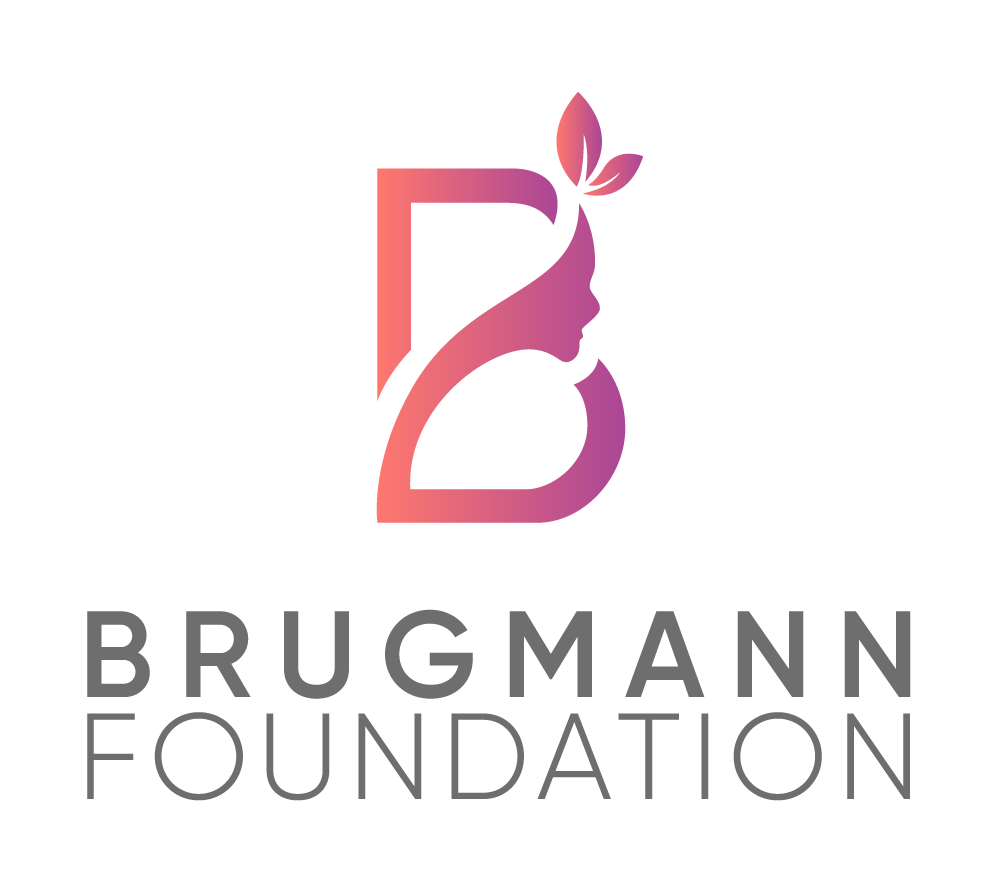FRISBEE Project
Coordinateur: Prof. Jean-Jacques Body
Coordinator: Prof. Jean-Jacques Body
Coördinator: Prof. Jean-Jacques Body
Without appropriate treatment, one woman out of three runs the risk of having a fracture after the age of 50.
The cause? Osteoporosis, a chronic and silent disease that makes bones more fragile, especially amongst women in menopause. It is called the "silent thief”.
A major concern, given the “grandmothers boom”.
Fortunately, thanks to an appropriate treatment 30 to 70% of the risk can be reduced. Hence the importance to detect women at risk in a timely manner!
Hence the importance to detect women at risk in a timely manner!
At present, the screening is carried out on the basis of osteodensitometry, a method to measure bone density.
Merely performing this research is insufficient to predict the risk of fractures; a large number of ladies with a fracture have densitometry results that comply with the standards.
It is therefore essential to take into account other risk factors of osteoporosis and fracture of the persons concerned so that appropriate treatment can be provided.
FRISBEE (Fracture Risk Brussels Epidemiological Enquiry)
In 2007, a large-scale epidemiological study was therefore set up in the Brugmann University Hospital.
The purpose of this study is to develop a model that can measure the risk of fractures in women over 60 taking into account a variety of factors.
With more than 3.560 participants the FRISBEE project is one of the largest research projects in its kind in Europe and the most important in Belgium!
Various articles, dissertations and projects have been produced using the data collected in the FRISBEE study. After analysing the risk factors collected in the FRISBEE study, we compared them with those reported in other studies and were able to demonstrate for the first time that the risk factors varied according to fracture sites, which has important consequences for the clinician in charge of patients at risk of fractures.
The occurrence of a fragility fracture considerably increases the risk of another fracture in the first two years following this first fracture. We were able to find out what the risk factors for these fractures are, which are called "impending fractures". Moreover, it is well known that too few women are treated after an osteoporotic fracture, even though we have effective and well-tolerated medication. We have studied this phenomenon and have identified a lack of attention from the medical profession.
Currently, our ongoing research is aimed at developing fracture risk prediction tools in order to evaluate, in particular, the risk of fractures at 5 and 10 years using mathematical models including risk factors that have a significant impact. In the same perspective, a tool is being developed to predict the risk of "imminent fractures" after a first fracture. Finally, thanks to a detailed analysis of the distribution of fractures observed in our study, we will also be able to improve the predictive value of the two models currently used (FRAX® and Garvan) by clinicians to predict the risk of fracture and thus improve the use of the various drugs available to us.
After nearly 13 years of existence, FRISBEE continues to grow.
The future project of the FRISBEE study is to determine more precisely the fracture risk associated with sarcopenia, a pathology characterised by a progressive decrease in muscle mass, muscle strength and physical performance, which are typical of ageing. The implementation of this new project will depend on the granting of subsidies... which are becoming increasingly difficult to obtain.
Our ultimate goal is therefore to help improve the quality of life of elderly patients by better understanding the factors associated with fracture risk in order to minimise the impact of osteoporotic fractures, which are a source of mortality, loss of independence and chronic suffering that are often extremely disabling.
If you want to support this research, make a donation to the Brugmann Foundation through IBAN: BE04 3630 9206 1831, BIC: BBRUBEBB.
Donations of 40 € are tax deductible.
Many thanks!

